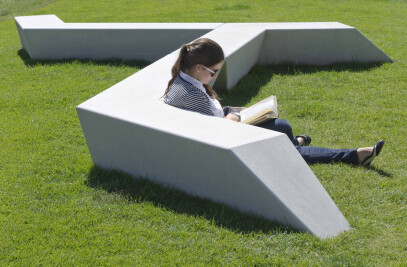This academic-research building on Oregon State University’s Hatfield Marine Science Center campus in Newport is also the first tsunami vertical evacuation building in Oregon. The building serves the Marine Studies Initiative, a new interdisciplinary program involving all 11 OSU colleges with a goal of providing access to the sea for OSU students, faculty, and staff.

The building has met unprecedented resilience goals with state-of-the-art architectural and engineering techniques to serve as one of the first vertical evacuation tsunami sites in the nation. The building will withstand a 9.0 earthquake and an associated tsunami. A ramp leads from ground level to the roof of the three-story structure, with the roof’s heightdetermined by computer tsunami modeling to serve as a vertical evacuation site for more than 900 people.
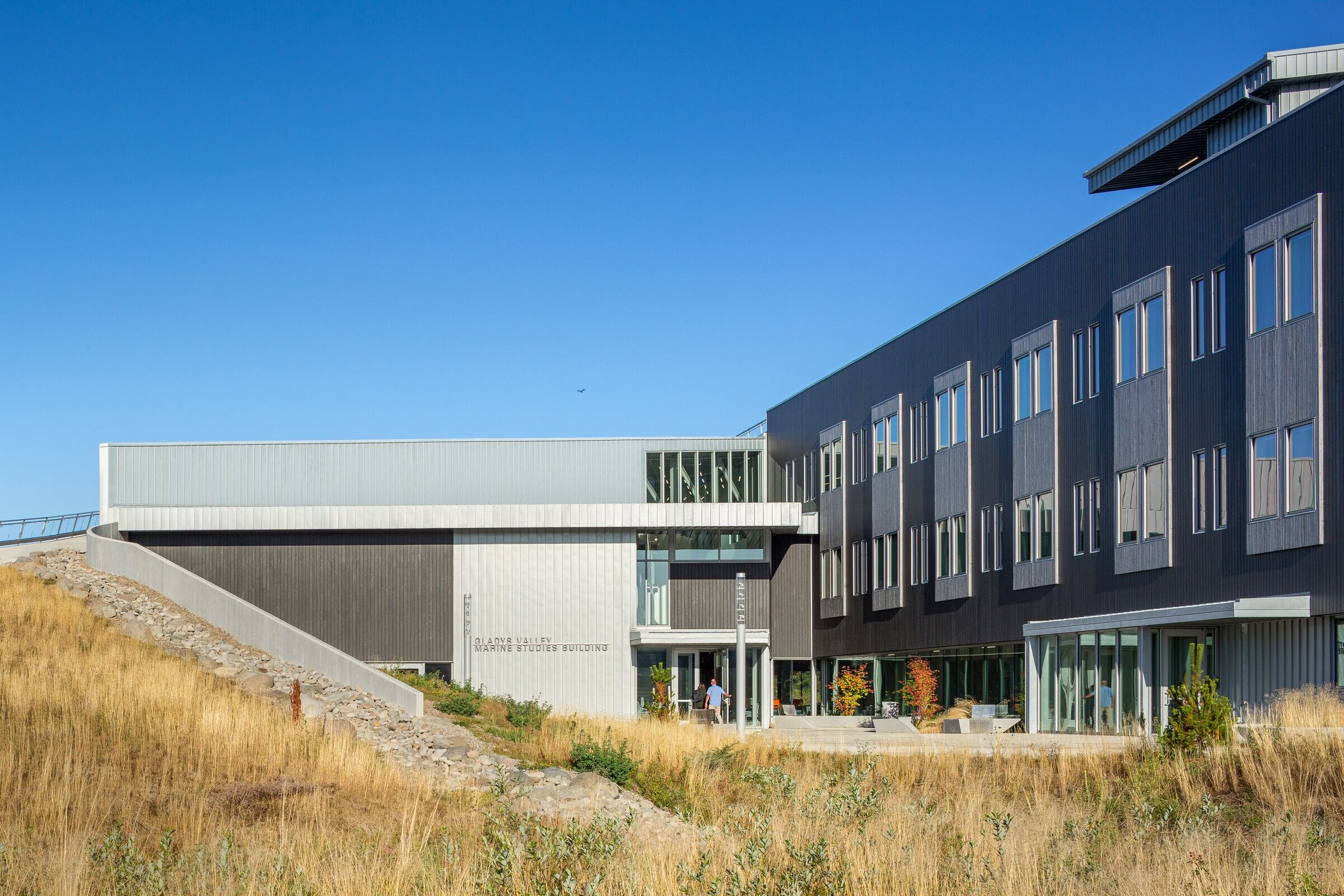
The building has a three-story academic and research core, connected to a two-story wing that includes community space, an auditorium and an innovation lab. Collaborative labs support a new teaching and research model with a curriculum that blends natural and social science, providing a rich environment for cross-disciplinary discovery, collaboration, and expression.
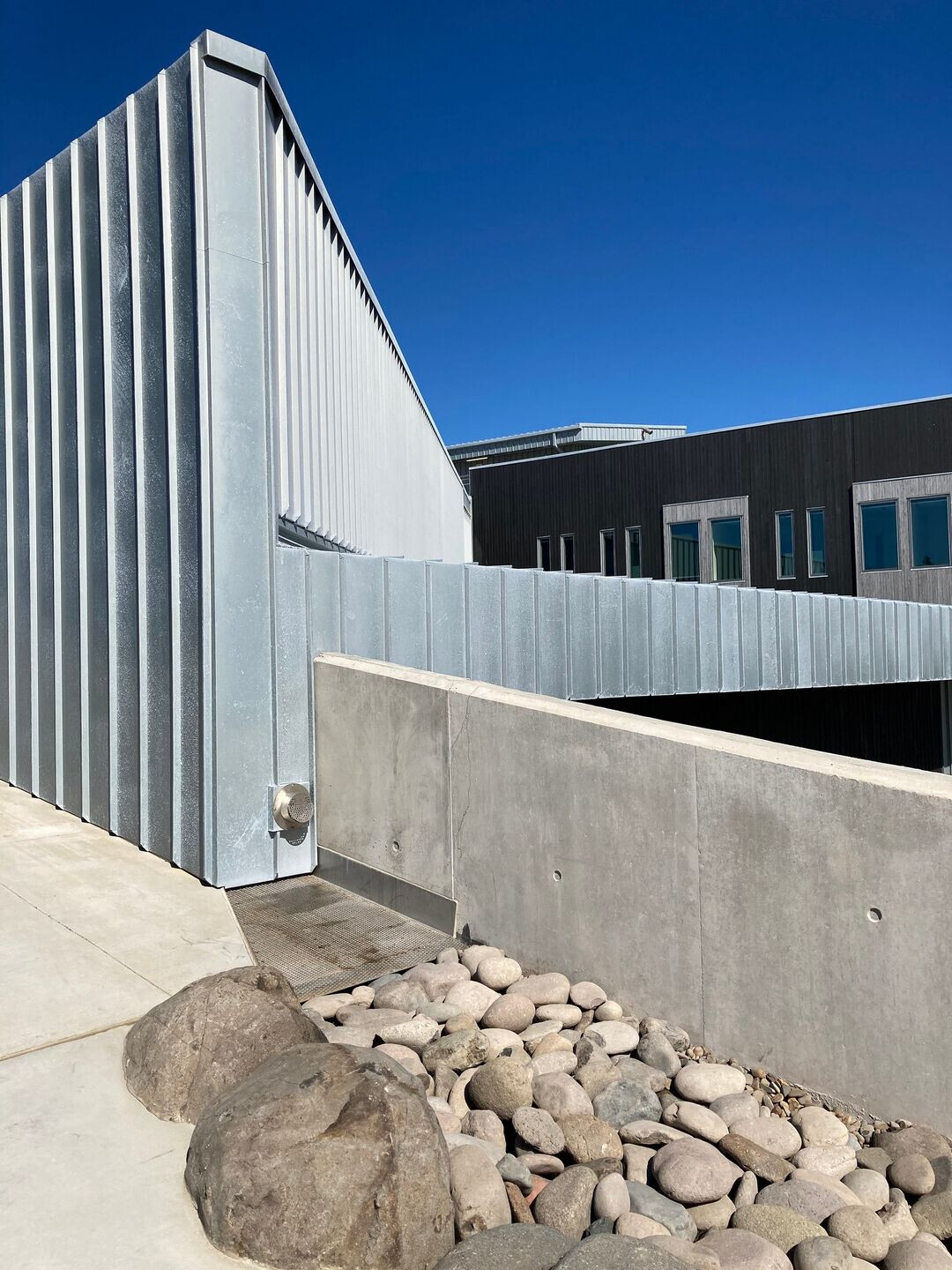
The design connects users’ functional needs to Newport’s iconic Yaquina Bay Bridge and estuary through colors, textures, materialityand art.Exposed cast-in-place concrete conveys durability and strength, while shou sugi ban siding and zinc cladding have been used for centuries in marine environments. The landscape design is sensitive to the surrounding native coastal vegetation, and rainwater is integrated with the evacuation ramp and collected in open stormwater collection ponds. As a lab building the project also had high energy use requirements for fume hoods and outside air. Heat recovery was incorporated to reduce EUI to 51% below baseline code for this building type.

The Gladys Valley Marine Studies building is the result of OSU’s determination to preserve its Hatfield campus as a place of innovation, research and education. A demonstration project for building responsibly in tsunami inundation zones, it is also firmly rooted in the region’s culture, history, and industry.


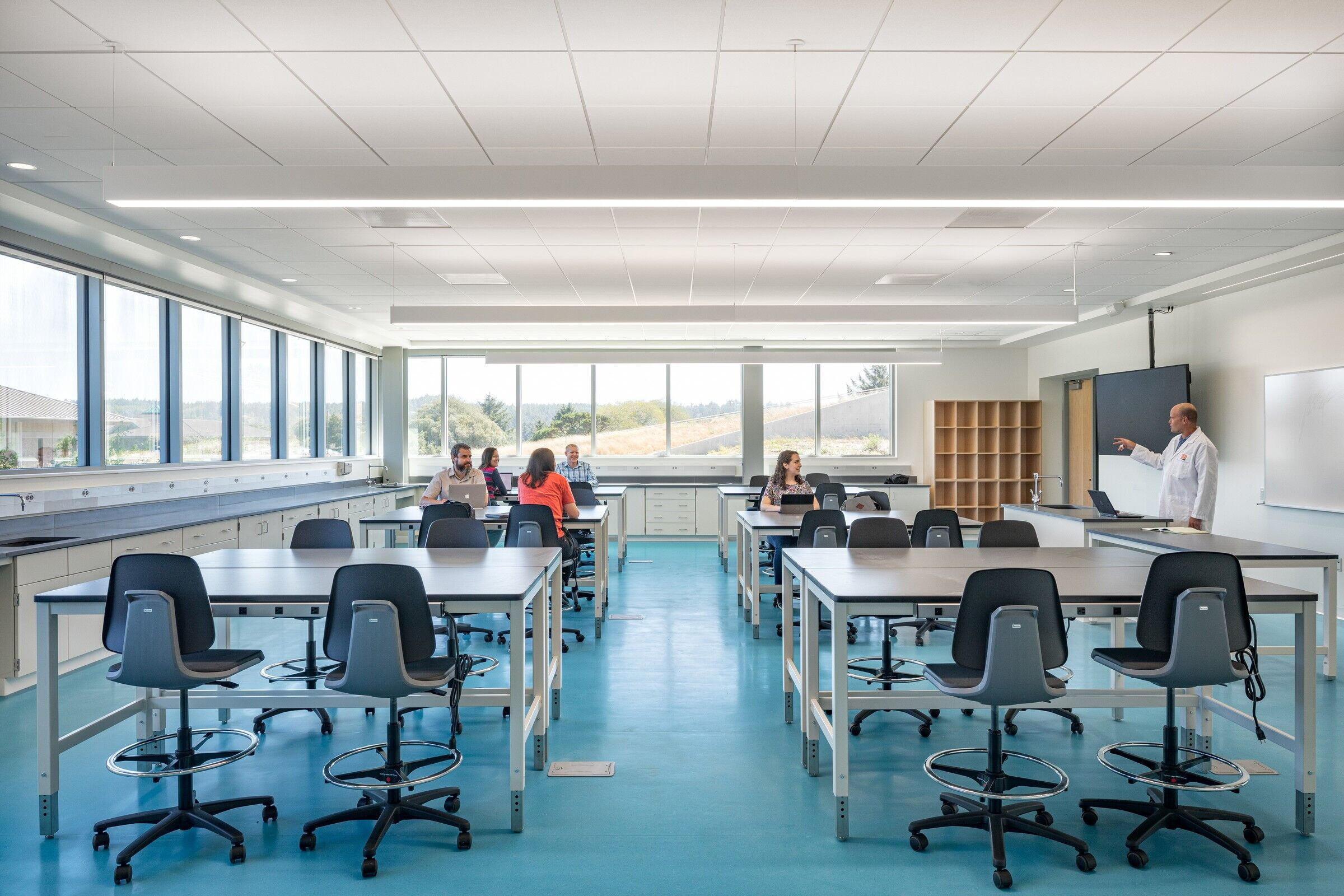

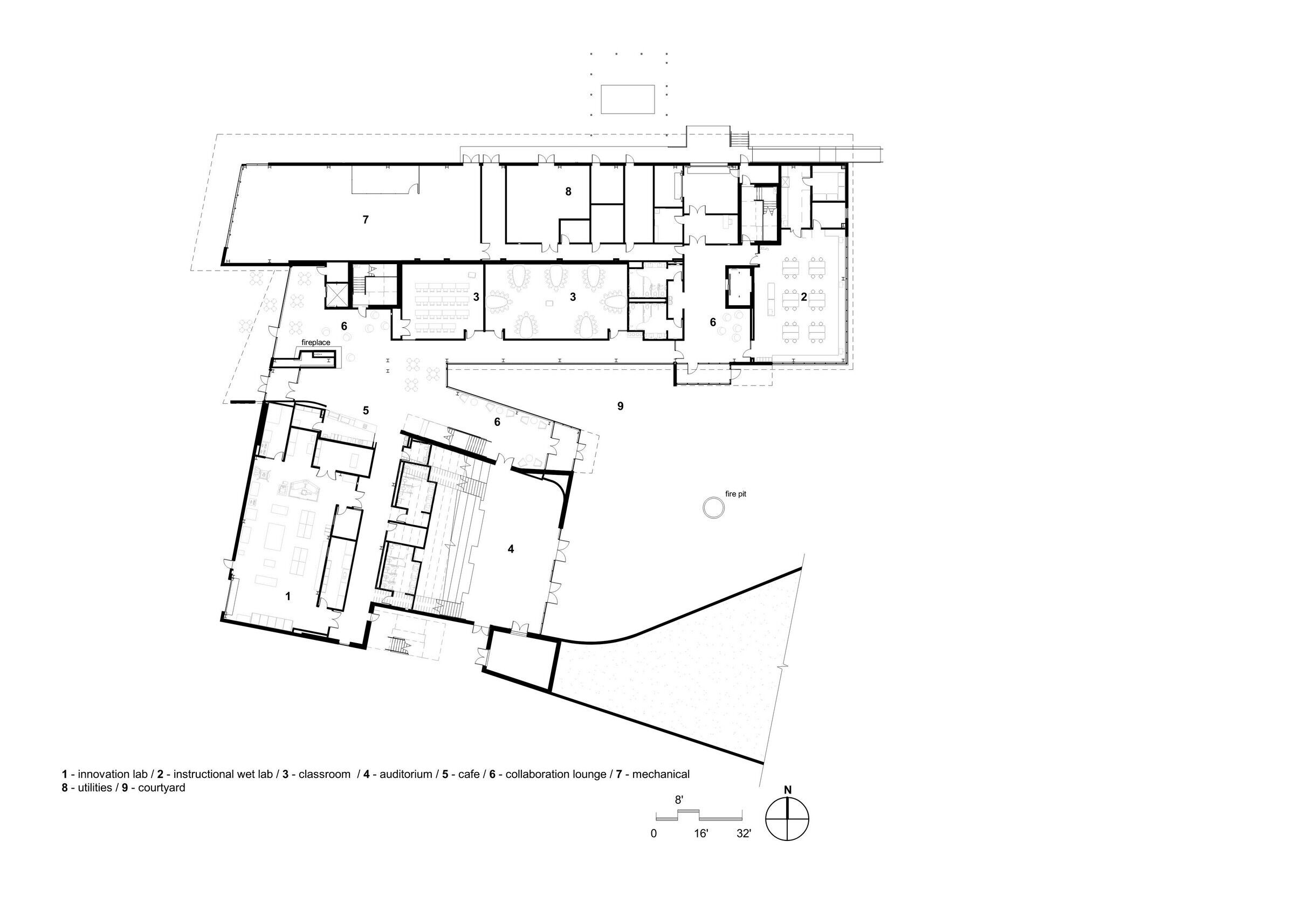

Material Used :
1. Nakamoto Forestry - Wood Siding - Gendai 1×6 shiplap, Pika-Pika 1×4 shiplap
2. Sedia Systems - Riser Mounted Ply Chairs
3. Kirei - EchoPanel Geometry Tiles - Delta Tiles
4. Skyline Sheet Metal - Building Envelope and Cladding Contractor
5. Rhinzink - Zinc Standing Seam Cladding
6. Kawneer - Glazing
7. Landscape Forms - Milenio Modular Benches
8. Epic Metal Corp - Toris 4CA Floor Deck Ceiling System
9. Construction Specialties - RSV-5700 Storm Resistant Fixed Vertical Louver
10. Ann Sacks - Ogassian Concrete Field Tile
11. Daltile - Portfolio Series
12. Armstrong Ceiling & Wall Solutions - Optima Square Tegular
13. Nora Systems, Inc. - Noraplan Sentica
14. Patcraft - Alloy Shimmer, Deconstructed Metal Collection
15. Milliken & Co. - Harmonic Modular, Fretwork Series
16. DaVinci Custom Fireplaces - Corner Custom Linear Fireplace
17. Saxton & Bradley, Inc. – Mott Manufacturing - Laboratory Casework
18. JFEC USA Inc. - Deep Soil Mixing Ground Improvement


























